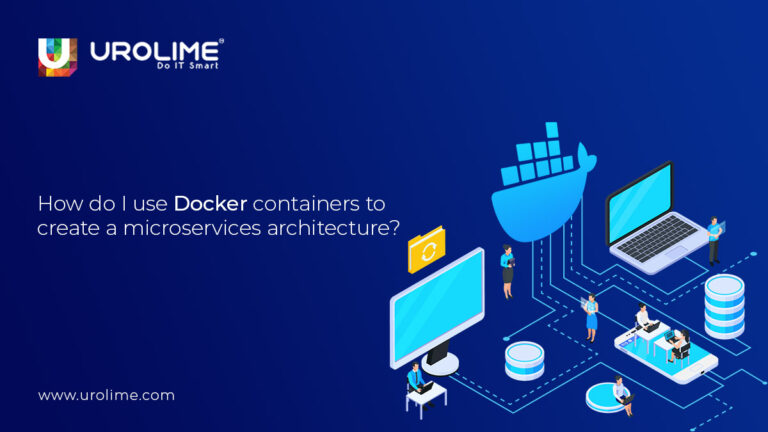Ever since Docker made its open-source public debut in 2013 after creating huge waves of anticipation for some time, its popularity among developers and businesses alike has only exploded. But does it matter that you’re new to it and want to get started only now? No, because we’re breaking down everything you need to know about it in this article.
So, what is a Docker container, really? And why do you need one?
To put it simply, Docker lets you containerize a large application into Lego-like bricks that can be independently run on servers. A Docker container is a lightweight, stand-alone, executable package that contains everything you need to run a piece of software, including the code, a runtime, libraries, environment variables, and config files. Docker containers are isolated from each other and bundle their own software, libraries, and configuration files; they can communicate with each other through well-defined channels. Docker containers are built on top of Docker images, which are templates used to create Docker containers.
What’s interesting, however, is that Docker containers are designed to be portable and efficient, making them well-suited for microservices architectures. With Docker, you can package and deploy your applications quickly and consistently, meaning, it’s easier to manage and scale your applications. Docker containers are also easy to share, allowing you to collaborate with other developers and deploy your applications in different environments.
What’s the scoop on microservices architecture?
In layman’s terms,
A microservices architecture is a way of building and organizing software applications into a collection of small, independent services. Each service is a self-contained unit of functionality that performs a specific task and communicates with other services through well-defined interfaces or APIs.
The advantages of a microservices architecture are obvious. For one, they allow you to build and deploy applications more quickly and easily, since each service can be developed, tested, and deployed independently of the others. This makes it easier to scale and maintain your application, as you can update or replace individual services without affecting the entire system.
Secondly, in a microservices architecture, each service runs in its own process and communicates with other services through APIs. This allows you to use different technologies and languages for different services, and to scale each service independently according to the needs of your application.
In a nutshell, a microservices architecture can help you build and deploy complex applications more quickly and efficiently, making it easier to maintain and scale your application over time.
The (Only) 9 Easy Steps You Need To Create A Microservices Architecture
- Define individual services
Define the services that you want to include in your microservices architecture. Each service should be a self-contained unit of functionality that can be developed, tested, and deployed independently of the other services. For example, you might have a separate service for user authentication, a service for managing products, and a service for processing orders.
- Create a Dockerfile for each service
But what is a Dockerfile? A Dockerfile is a text file containing the instructions for building a Docker image. The Dockerfile specifies the base image to use for the service, the dependencies that are needed, and any additional configuration that is required. Find the Dockerfile creation code and details here.
- Build Docker images for each service
Build the Docker images for each service using the Dockerfile. You can do this using the docker build command. This official Docker documentation has listed the best practices for image-building using dockerfile.
- Push the Docker images to a Docker registry.
Here’s a how-to guide for that. A Docker registry is a repository for Docker images. You can use a public registry like Docker Hub or a private registry like JFrog Artifactory.
- Deploy the Docker images to a host.
You can use a cloud service like AWS, GCP, or Azure to host your Docker containers, or you can use a local machine or on-premises server.
- Account for the networking between the containers.
Set up networking between the containers (click here for the reference guide). You can use Docker’s built-in networking capabilities or a third-party tool like Weave to connect the containers and enable them to communicate with each other.
- Test + Debug
Test and debug your microservices architecture. You can use tools like Docker Compose and Docker Swarm to manage the containers and make it easier to test and debug your microservices.
- Scale + Deploy
Scale and deploy your microservices architecture. Once you have tested and debugged your microservices, you can use tools like Kubernetes to manage the containers and help you scale your architecture as needed.
- Monitor + Maintain
Monitor and maintain your microservices architecture. Use tools like Docker Compose, Docker Swarm, or Kubernetes to monitor the health of your containers and ensure that they are running as expected.
On the hunt for a reliable, efficient, and expert Docker Consulting Services provider? We’re always ready to help. Reach out to us anytime.
![]()






